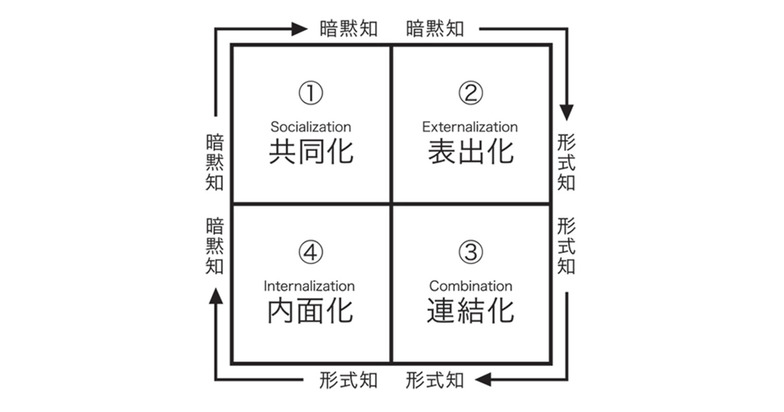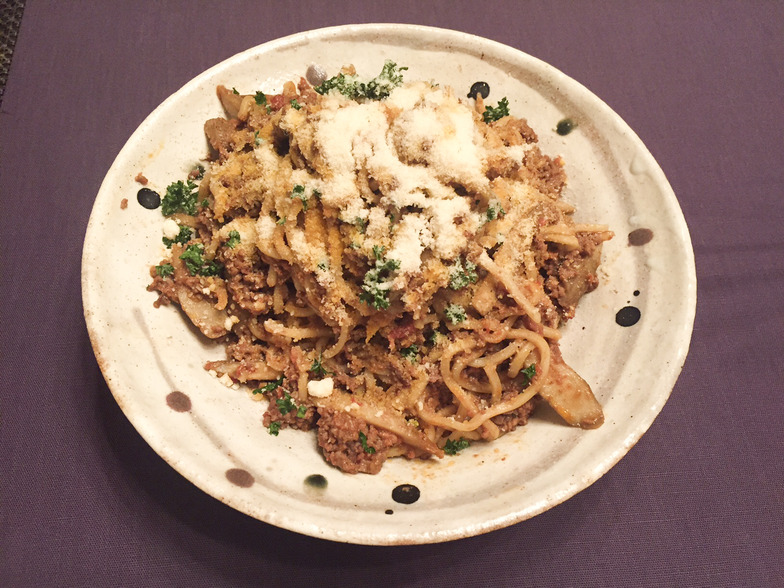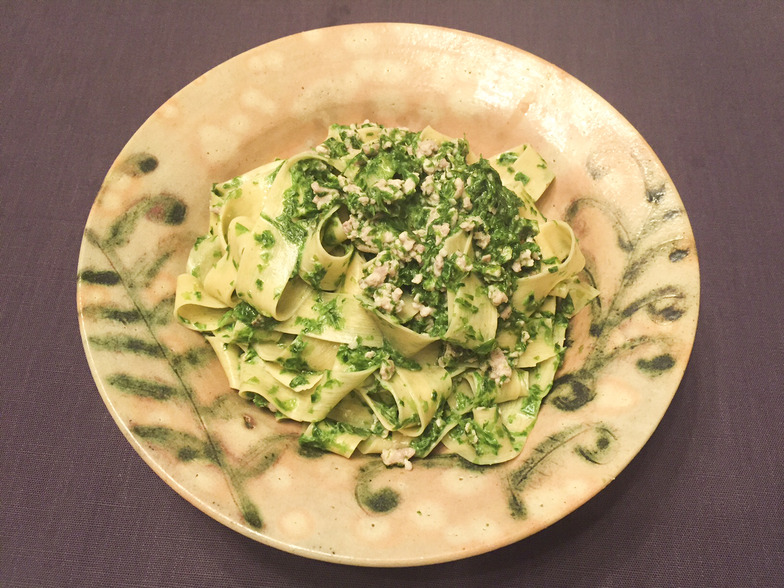
It's only been about 10 days since release, but thanks to you all, sales are steadily increasing. I'd like to take this opportunity to express my gratitude. However, I occasionally hear comments like, "Isn't this just a book summarizing So-chan's methods?" (So-chan is me). Let me make this clear: 'How to Create Concepts' is not a book about the Yamada Method. Frankly, nobody cares about the personal know-how of a guy like me (laugh).

Taking the initials of each mode, SECI
As I mentioned before, there's a management model called "SECI" that explains how organizations create mechanisms for continuous innovation. In the first mode, ① Socialization, centered around middle management who receive missions from superiors, the entire team discusses and shares ideas regardless of titles or qualifications. This is followed by ② Externalization, where those ideas are refined into clear concepts, and ③ Combination, where new concrete measures are reconfigured according to those concepts.
Then, by translating these into action and practice, new experiences accumulate among members in the ④Internalization phase. This cycle of repeatedly activating these four modes enables continuous innovation. It can be considered a management theory originating in Japan and recognized globally.
The core idea behind writing this book is: Can this "methodology for organizations" model be applied to "ideation for individuals"?
We routinely conduct business with such vague entities as "ideas" or "concepts." But as long as they remain mere "flashes of inspiration," they're far too precarious to be viable products. What exactly are concepts and ideas? What methodologies underpin their creation? How do we manage their quality? I wanted to frame these universal discussions, fundamental to business, within a management science framework.
Put another way, I believe the advertising business would benefit from becoming more closely aligned with the academic world. Of course, even now, there are countless examples like "According to Professor XX's brand theory..." or "Analyzing it using the framework developed by XX University...".
Nevertheless, fundamental discussions about the value of the "intellectual production" that advertising agencies perform when creating concepts and ideas have made no progress whatsoever. There's likely a history of enhancing value by treating the nature of creative ability as a black box for a long time, but that approach has reached its limits.
"Strategy consultants," on the other hand, have walked hand-in-hand with academia. They partnered with a group of scholars who define "strategy" as determining "where to fight?" Under the banner of "making management scientific," they refined "logical thinking" as their methodology and ensured its quality through the MBA system.
For instance, some management scholars define "strategy" as "how to fight?" By collaborating with such researchers to clarify the value of "intellectual production"—creating concepts and ideas—the strengths of the advertising industry will become apparent, and its future should become much brighter.
This was precisely the theme of 'How to Create Concepts'.
Maybe I got a little too excited?
Um. This book wasn't created by my own strength alone. So I invited Editor Kita-san, Book Designer Maho Kudo-san, Photographer Matsuki-san, Book Designer Ishizaki-san, and others to a thank-you gathering. Young Ishizaki-san declared, "I want meat! Meat, meat!!" So we went all out with a "meat extravaganza": liver pâté, Ozaki beef salad, Wagyu beef with fresh burdock & young chicken pasta with green seaweed, and roast of rare pork and snow-fed Wagyu beef. The ingredients were top-notch, the cooking skills third-rate, but we had a lively, fun gathering that went late into the night.

Chicken Liver Pâté

Ozaki Beef Salad

Ozaki Beef and Fresh Burdock Root Meat Sauce

Chicken and Nori Pappardelle

Roast of Phantom Pork and Snowfall Wagyu

Plum Pudding
Third-rate cook, first-rate photographer
Next time, I'll share a little about "Ozaki Beef," which also made an appearance at this party.
Please, enjoy!











